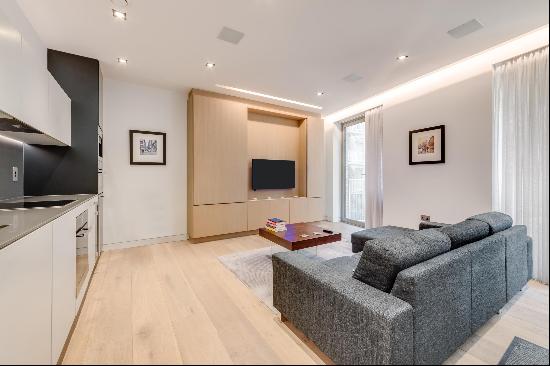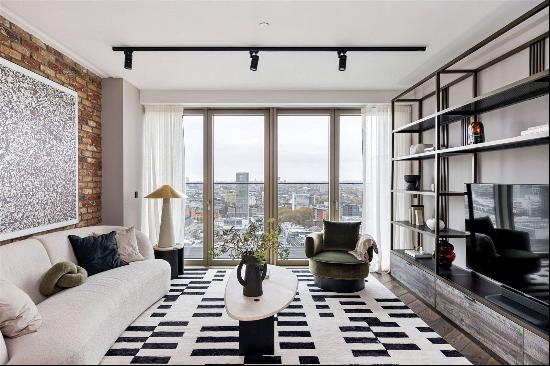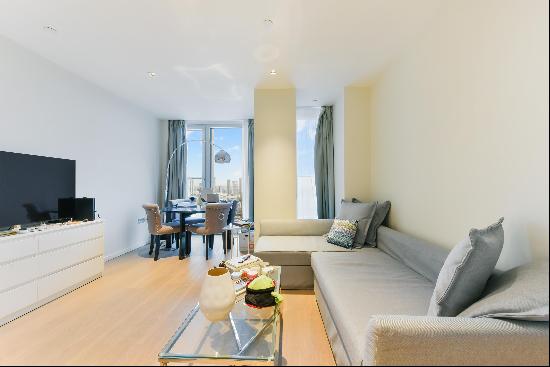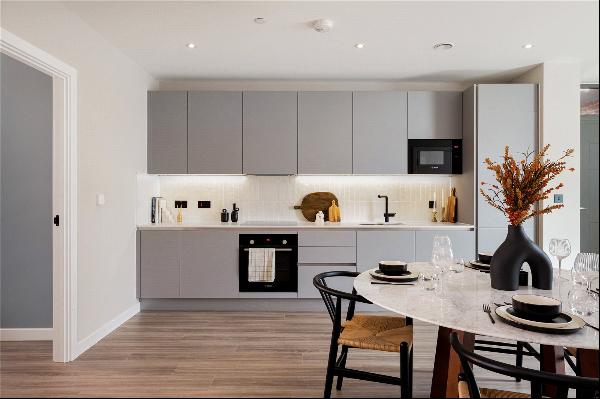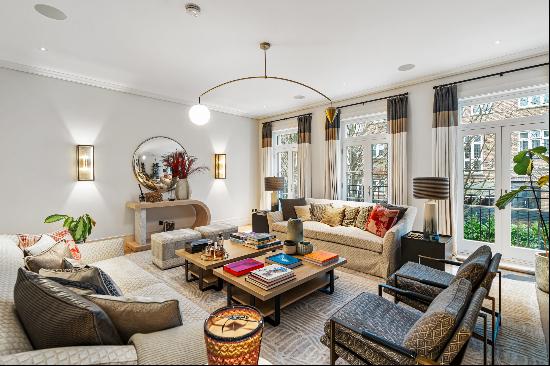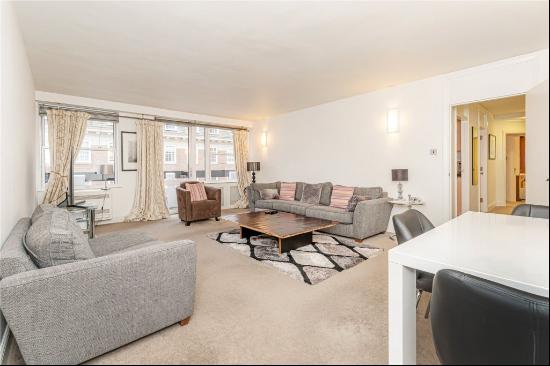
By Fran Hickman
In his enchanting meditative essay, “In Praise of Shadows” (1933), the writer Jun'ichirō Tanizaki contrasts traditional Japanese aesthetics with the influences of the modern world. The west, he writes, with its pursuit of progress, prizes light and clarity, while the subdued aesthetics of east Asian art recognise the value of shade and ambiguity. Tanizaki makes a case for the multi-layered nature of the shadow and its capacity to emphasise the “pensive lustre” of materials such as gold.
This intriguing four-bedroom property — on the market for £11.95mn — is just off South Audley Street, in London’s Mayfair. The building was constructed in 1896 as one of the last purpose-built stables in Westminster and is set back behind larger buildings, facing north. Its wonderful exterior is let down by an overly neutral interior modernisation that, as with the drawing room on the first floor (pictured), does not account for the limited views and scarce light. By taking Tanizaki’s encouragement to immerse ourselves in the darkness and embrace the shadows, we will discover this space anew and revive its own particular beauty.

Look inside
With the proximity of the neighbours opposite, privacy is key. These elegant handwoven natural fibre blinds by Conrad Shades distract from the limited views by drawing attention to their meticulous detailing and craftsmanship. The muted golden Lurex thread, woven into a restrained ground of taupe fibres, is not merely an extravagance — the soft glimmering light will illuminate long nights and bad weather.

Encourage a moment of reflection
With the focus now inside, one needs to create a point on which the eye and mind can rest. I would hang this 18th-century Japanese paper screen by Maruyama Ōkyo, available from Robin Katz Fine Art, on the wall facing the fireplace. It shows a simple scene of reeds in a lake, painted in ink on a buff-coloured background. Aside from its captivating beauty, the screen’s practical value lies in its function as a natural reflector. The simplicity of the design, the tranquillity of the natural scene and its graceful patina would encourage an appreciation of beauty; always central to a life well lived.

Take a tactile approach
This understated but wonderfully soft charcoal-coloured Alpaca boucle rug by Woven would inspire spending time barefoot. Too often spaces fail to move people in a particular way but the sense of care and warmth created by such a highly crafted piece would encourage one to relax. With the lights dimmed, the tactile pleasure of this rug would be further heightened as the sense of sight is gradually replaced by that of touch. I would set it in the centre of the room with all the furniture resting on it.

Set the mood
Always set the mood by adding an unforgettable scent. This home diffuser by Maison Louis Marie has a woody fragrance of sandalwood and cedarwood supplemented by spicy cinnamon and nutmeg and an earthy vetiver note. I love diffusers because, unlike a candle, they are reliably constant while being very low maintenance. Scent is highly personal, reminding us of people, places and points in time. I recommend trying a few before committing. Charles Farris, Le Labo and Dr Vranjes are some personal favourites and a good place to start.
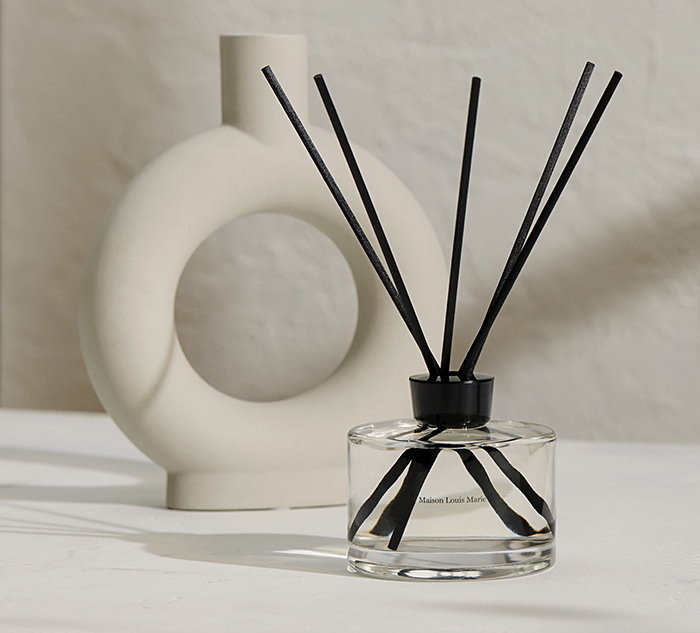
Play with light
Vita Balanza is a candle with a flame at both ends that gently oscillates in a constant search for balance. The essential beauty of a candle in this room is not in the object itself but in the play of light and darkness — as Tanizaki writes, “were it not for shadows, there would be no beauty”. The candle is available from Santa & Cole, whose philosophy echoes that of Tanizaki’s, creating objects with an acute attention to detail and which enrich people’s lives, though more through subtlety than stridency.

Photography: Catherine Garcia; Dexters




